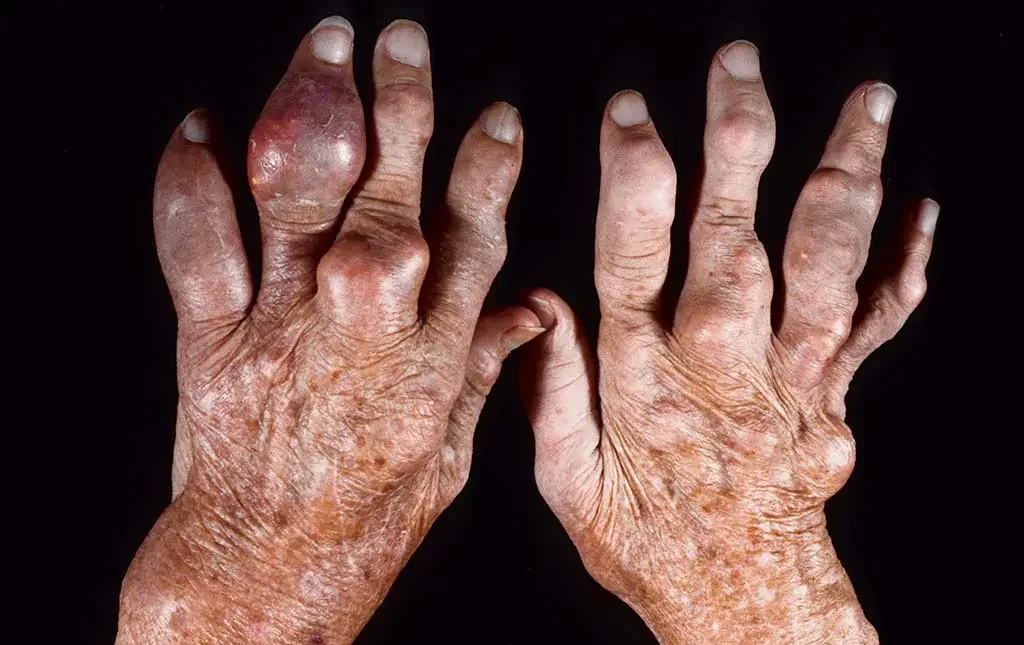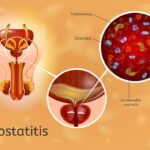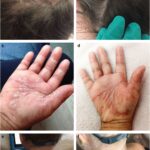Chronic gouty arthritis is a persistent and progressive form of gout, characterized by repeated episodes of joint inflammation and the deposition of urate crystals. Unlike acute gout, which presents as sudden and severe attacks, chronic gouty arthritis leads to ongoing joint damage, deformity, and functional impairment. This condition predominantly affects middle-aged and older adults, often resulting from prolonged untreated hyperuricemia.

Symptoms and Clinical Manifestations
Early Symptoms
- Intermittent Joint Pain: Typically begins with acute attacks, affecting one or more joints such as the big toe, knees, or ankles.
- Swelling and Redness: Affected joints become swollen, warm, and erythematous.
Advanced Symptoms
- Chronic Joint Stiffness: Persistent inflammation can lead to limited joint mobility.
- Tophi Formation: Nodular masses of urate crystals form under the skin, commonly appearing on fingers, elbows, and ears.
- Joint Deformities: Prolonged untreated cases result in joint erosion and deformity.
Causes and Risk Factors
Causes
- Hyperuricemia: Elevated levels of uric acid in the blood, often due to:
- Increased production of uric acid.
- Reduced renal excretion of uric acid.
- Dietary Factors: High consumption of purine-rich foods such as red meat, seafood, and alcohol.
- Genetic Predisposition: Family history of gout or related metabolic disorders.
Risk Factors
- Age and Gender: More common in men over 40 and postmenopausal women.
- Lifestyle Choices: Sedentary lifestyle, obesity, and excessive alcohol intake.
- Comorbidities: Hypertension, diabetes, kidney disease, and metabolic syndrome.
Pathophysiology of Chronic Gouty Arthritis
Chronic gouty arthritis results from the prolonged accumulation of monosodium urate (MSU) crystals within joints and surrounding tissues. These crystals trigger an inflammatory response mediated by neutrophils and cytokines, leading to synovial membrane damage, cartilage erosion, and eventual joint destruction.
graph TD
A[Hyperuricemia] --> B[Urate Crystal Deposition]
B --> C[Inflammatory Response]
C --> D[Synovial Damage]
D --> E[Joint Deformity and Stiffness]Diagnosis of Chronic Gouty Arthritis
Clinical Evaluation
- Medical History: Documentation of recurrent gout attacks, lifestyle habits, and family history.
- Physical Examination: Assessment of tophi, joint deformities, and inflammation.
Laboratory Tests
- Serum Uric Acid Levels: Elevated levels (>6.8 mg/dL) indicate hyperuricemia.
- Synovial Fluid Analysis: Presence of needle-shaped MSU crystals under polarized light microscopy confirms the diagnosis.
Imaging Techniques
- X-Rays: Reveal joint erosions and tophi.
- Ultrasound: Identifies crystal deposits and synovitis.
- Dual-Energy CT (DECT): Differentiates urate crystals from other deposits.
Treatment Options
Medical Management
- Urate-Lowering Therapy (ULT):
- Allopurinol: Xanthine oxidase inhibitor reducing uric acid production.
- Febuxostat: Alternative xanthine oxidase inhibitor.
- Anti-Inflammatory Agents:
- NSAIDs: For acute pain relief.
- Colchicine: Reduces inflammation during flare-ups.
- Corticosteroids: Used in cases resistant to NSAIDs or colchicine.
Lifestyle Modifications
- Dietary Changes: Low-purine diet with increased hydration.
- Weight Management: Reducing body weight to decrease uric acid levels.
- Alcohol Reduction: Limiting beer and spirits to prevent flare-ups.
Surgical Interventions
- Tophi Removal: In cases where tophi interfere with joint function.
- Joint Replacement Surgery: For severe joint damage.
Complications of Chronic Gouty Arthritis
- Joint Destruction: Irreversible damage leading to disability.
- Renal Complications: Kidney stones and chronic kidney disease.
- Cardiovascular Risks: Increased likelihood of heart disease and hypertension.
Preventive Measures
Regular Monitoring
- Periodic testing of serum uric acid levels to maintain them below 6 mg/dL.
Prophylactic Medications
- Use of low-dose colchicine or NSAIDs to prevent recurrent attacks during ULT initiation.
Patient Education
- Encouraging adherence to prescribed treatments and lifestyle modifications.

